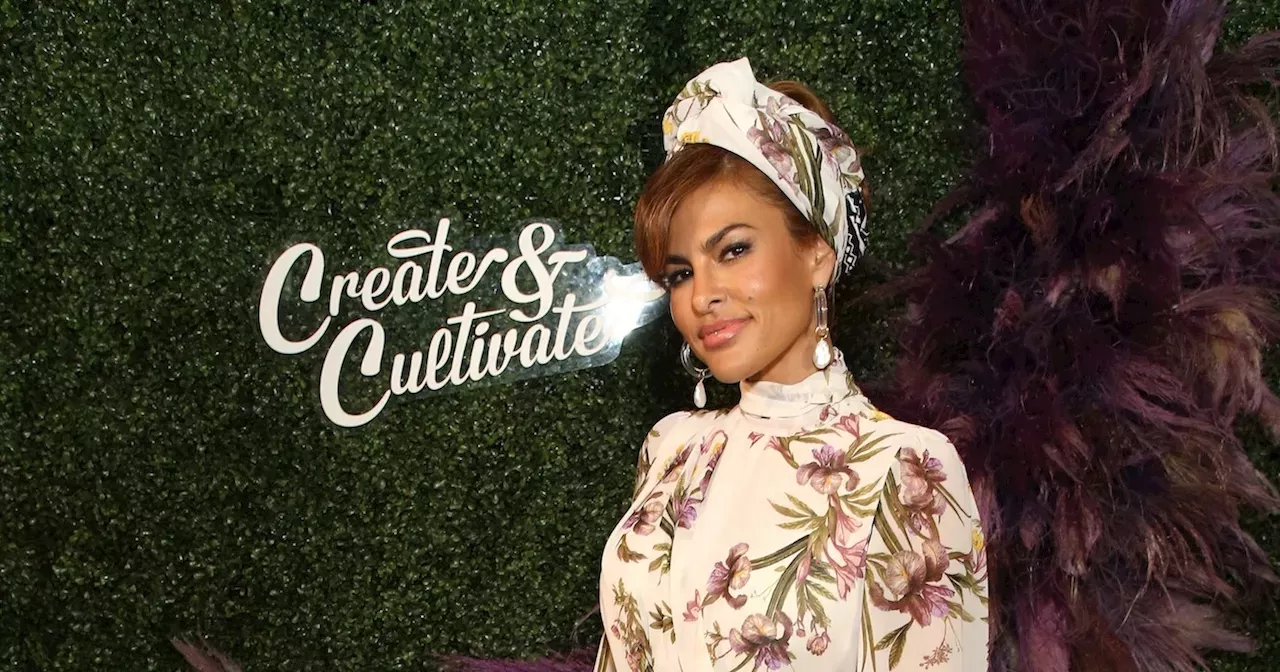CUYAHOGA FALLS, Ohio — There were plenty of midsummer smiles at The Cleveland Orchestra’s Blossom Music Center concert on Saturday, as Mendelssohn’s fairies cavorted, Veronique Gens’ lovely voice wafted forth, and Beethoven’s Seventh Symphony danced everyone to their feet. To begin, guest conductor Antonello Manacorda led a glittering performance of Felix Mendelssohn’s Overture to A Midsummer Night’s Dream — so vivid and atmospheric you could swear that you spotted elves prancing on the lawn. The opening woodwind chords that ushered us into Shakespeare’s magical world were well balanced and pure, largely thanks to the flute and clarinet playing of Jessica Sindell and Daniel McKelway.
Violins scurrying at a fast but prudent tempo — and an impossibly soft but effective dynamic — summoned the fairies. Throughout, Manacorda’s gestures were expressive and economical. Les nuits d’été, Berlioz’s songs on death and lost love, perfectly suit Veronique Gens’ rich-toned soprano.

Much of the music lies in mezzo range, a register Gens, who cut her teeth in Baroque opera, is perfectly comfortable with. Her evenness of tone from top to bottom and seamless legato were evident throughout, as was her careful attention to diction. Clarity and sensitivity to her native French language heightened the sentiments of the poetry.
Berlioz chose to set six poems from the volume La comédie de la mort (The comedy of death) by his close friend, the poet Théophile Gautier. Though probably not intended as a cycle, the poems all consider love from different perspectives, while loss of love permeates them all. Looking straight outward into the crowd, Gens’ face was as expressive as her voice.
In “Absence,” she seemed to physically retreat, lamenting the immense distance separating the lovers (enough to tire the horse’s feet). The soprano unerringly captured the contrasting moods of the poetry — the blank, despairing persona at the end of “Au cimetière,” (Oh, I’ll never go near the grave again), which, versus the smiling insouciant joy of “L’île inconnue,” (Tell me, my young beauty, where would you like to go?). Despair creeps back for the closing measures, when she reminds us that not all is happy in the land of love.
Though Manacorda’s gestures toward the orchestra were slightly restrained, close communication with Gens was the obvious benefit. In Antonello Manacorda’s hands, Beethoven’s Symphony No. 7 sounded less dance-like than muscular.
Confirming his background as a violinist, his gestures — particularly from his left hand — swooped and undulated. Slow, slightly static tempos at the beginning allowed important details to emerge, but as the speed increased, so did his musical exuberance. The conductor was attentive to musical details, particularly in the strings at the beginning of the second movement.
Both orchestra and conductor knew how to take their time, allowing passages to play out. In the concluding Allegro con brio certain details got a little lost, but it was a small price to pay. Wild merriment reigned by the end, giving a nod to Wagner’s description of the work as the “apotheosis of dance.
” It was an exciting end to an emotional concert, and enough to send everyone quickly to their feet. Kevin McLaughlin recently retired as librarian at the Cleveland Institute of Music. A freelance writer and editor, his weekly podcast on early jazz, “At the Jazz Band Ball,” may be found on a variety of podcast platforms.
.


















